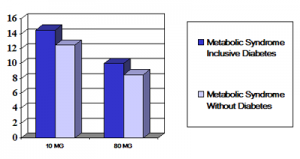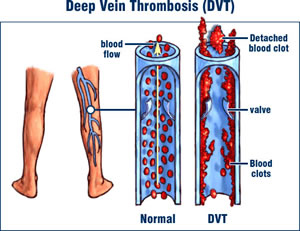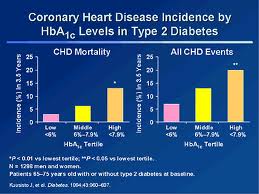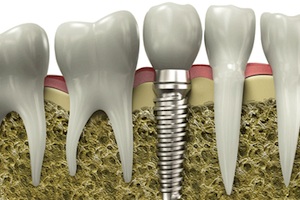It is well known that various health concerns are related to the gender of a person, but there are findings that suggest that even nutrition has to be tailored to the needs of males or females.
Calcium is known to be beneficial to bone health, and while high calcium diet may protect a woman from osteoporosis, it does not have the same evidence for men. As a matter of fact, high calcium intake in males may increase their risk of prostate cancer. For the male it means that calcium should be used in moderation and vitamin D intake could help to offset some risks.
Fat choices, mostly sources of monounsaturated fats in the form of olive oil are important for both, men and women, and for both the omega-3 fatty acids that are found in fish are excellent. Men, especially those with a risk of prostate cancer, should be cautious about loading up on flaxseed and canola oil. Alpha-linolenic acid in these two oils may be a problem for the prostate.
Iron is also emphasized in healthy nutrition, but men need less than women. In the presence of an abnormal gene, excessive iron can accumulate to harmful deposits in various organs.
Social habits, for example the drinking of alcohol seem to have more grave implication to women than to men. The glass of wine that may help reduce the risk of heart attacks and certain strokes may seem harmless enough, and average men don’t seem to develop health problems, as long as the alcohol intake is low. Larger amounts will increase the risk of many ills for males and females alike, but even low doses of alcohol may increase a woman’s risk of breast cancer.
“Super Foods” have made headlines, and all of them are known because of their high content in antioxidants. A recent study from the University of Oslo, Norway, under Dr. Bente Halverson examined, which of them are ranking highest. At the top are, in the order of strength: blackberries, grape juice from Concord grapes, artichoke hearts, walnuts and strawberries. The researchers came up with a list of high oxidant foods on the basis of typical serving sizes.
These are the winners among the super foods and spices: blackberries, walnuts, strawberries, artichokes, cranberries, brewed coffee, raspberries, pecans, blueberries, ground cloves, grape juice and unsweetened baking chocolate. Males as well as females of all age groups will benefit from those.
Dr H. Simon, associate professor of medicine at Harvard Medical School points out that there are fundamental facts in nutrition that apply to everyone. But there is also a fine print, which varies according to gender, age and medical conditions.
More information about nutrition: http://nethealthbook.com/health-nutrition-and-fitness/nutrition/
Reference: The Medical Post, September 19, 2006, page 25
Last edited November 1, 2014















